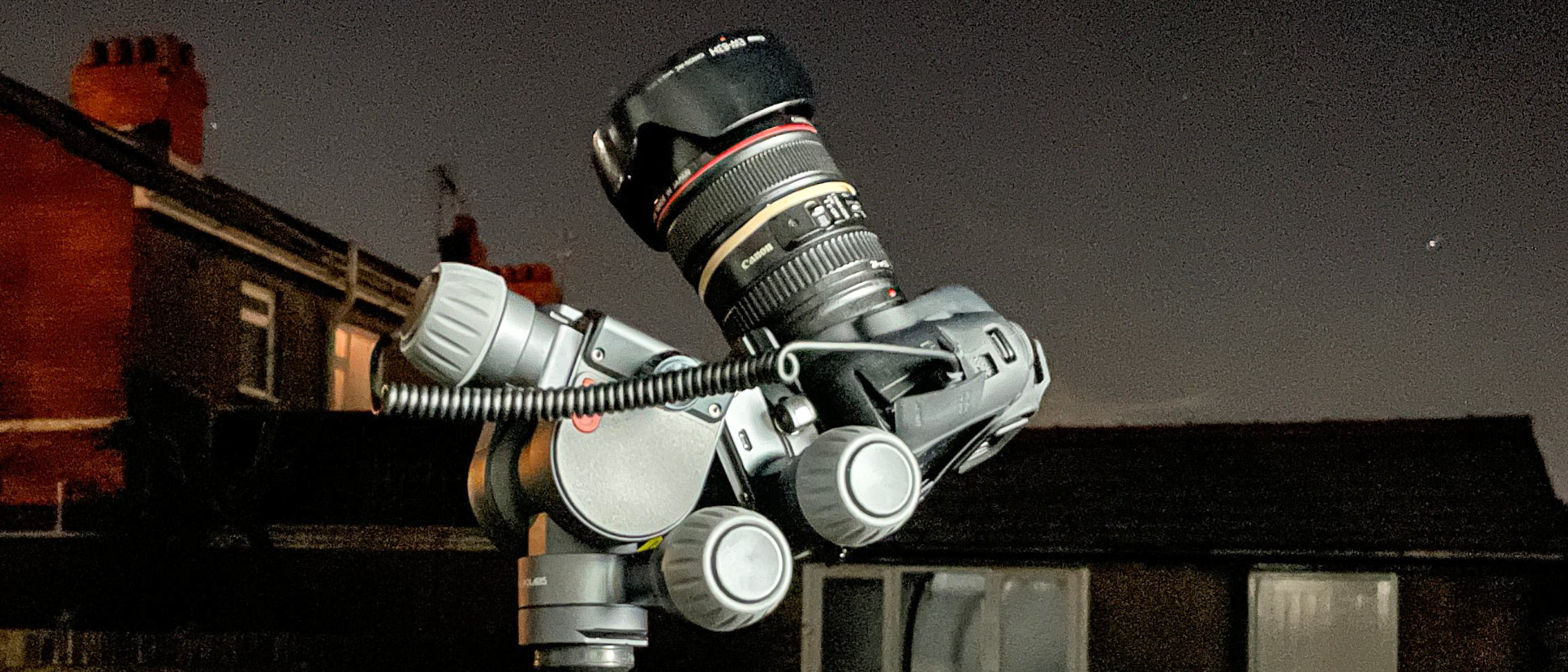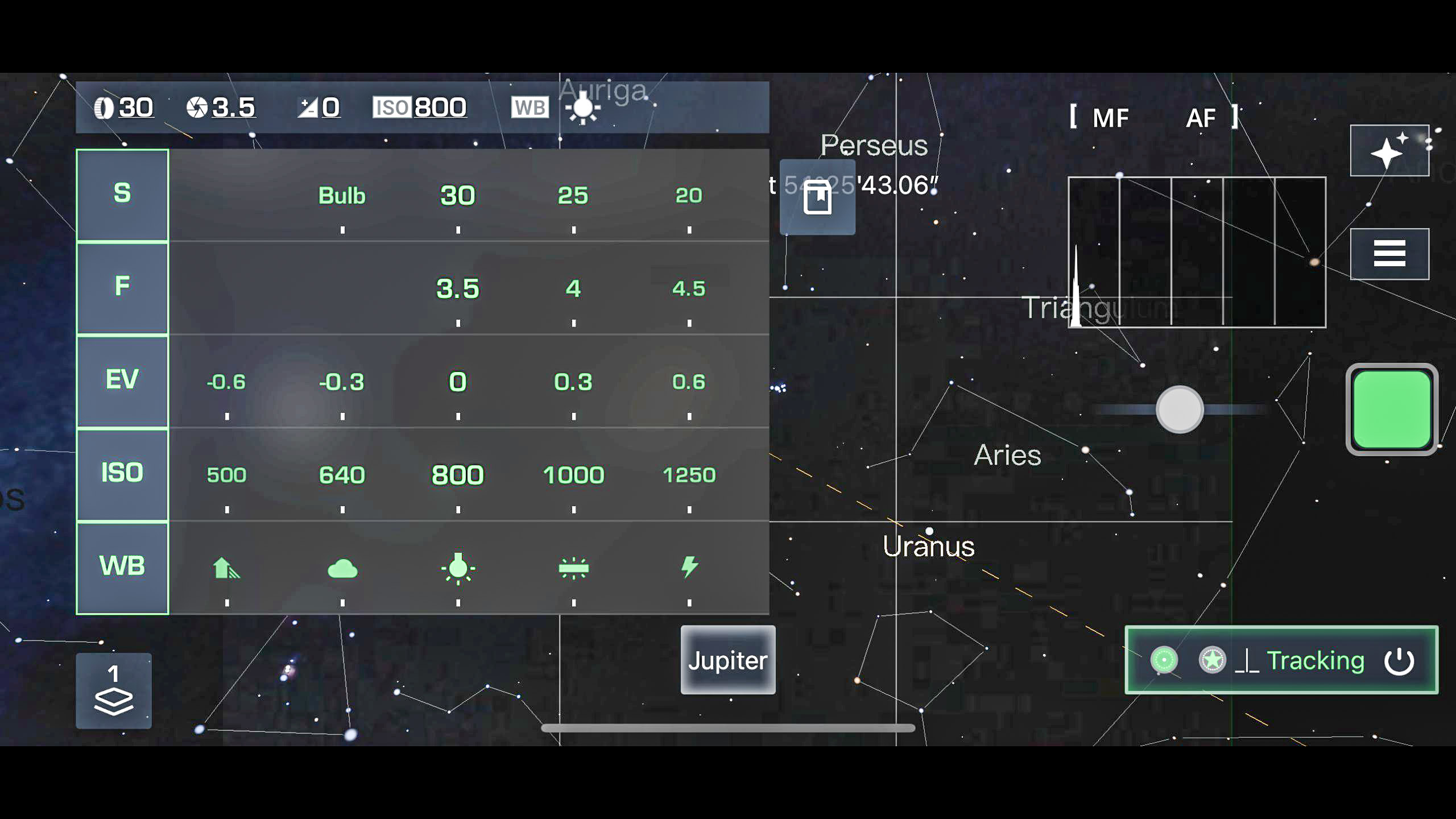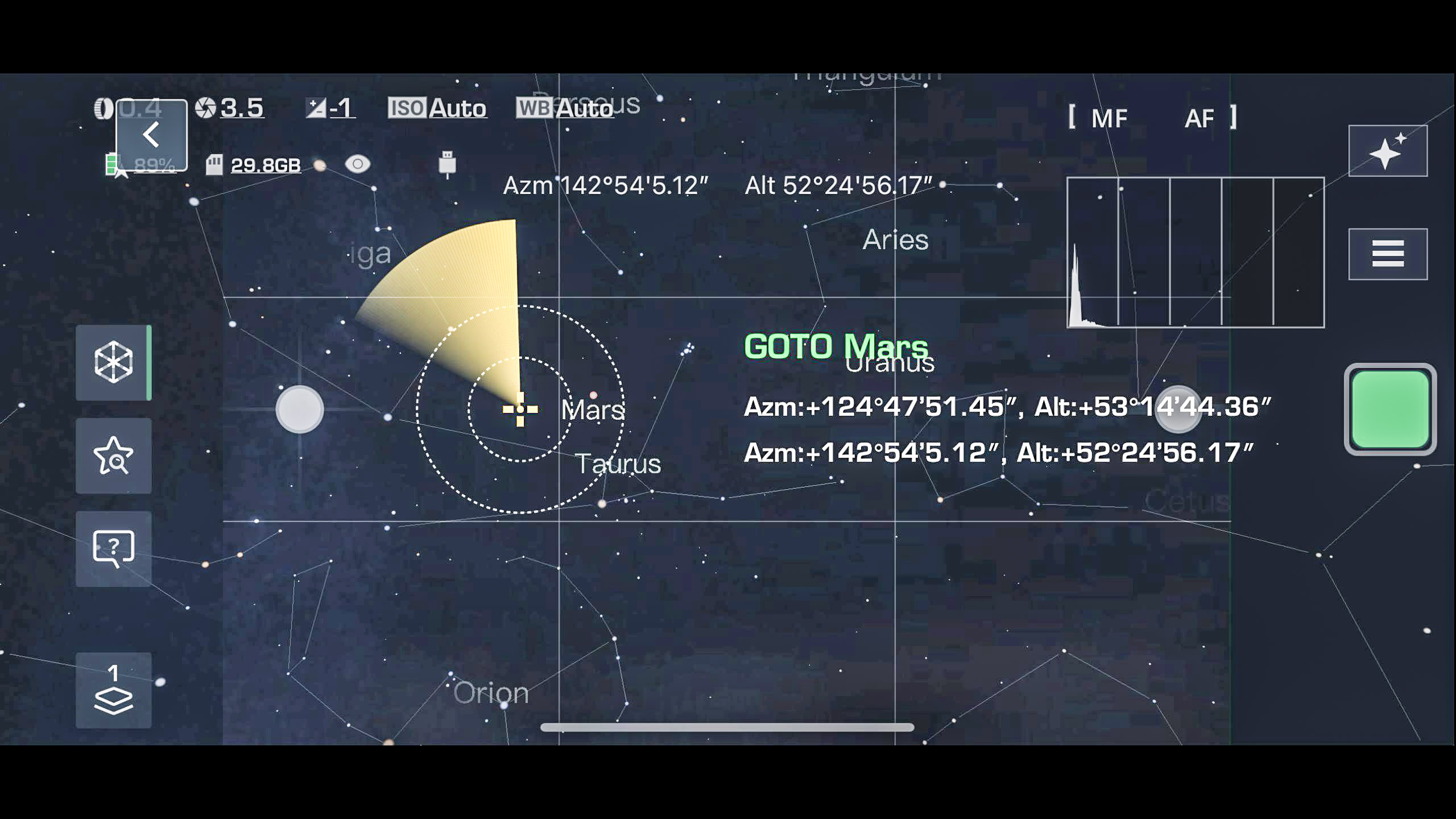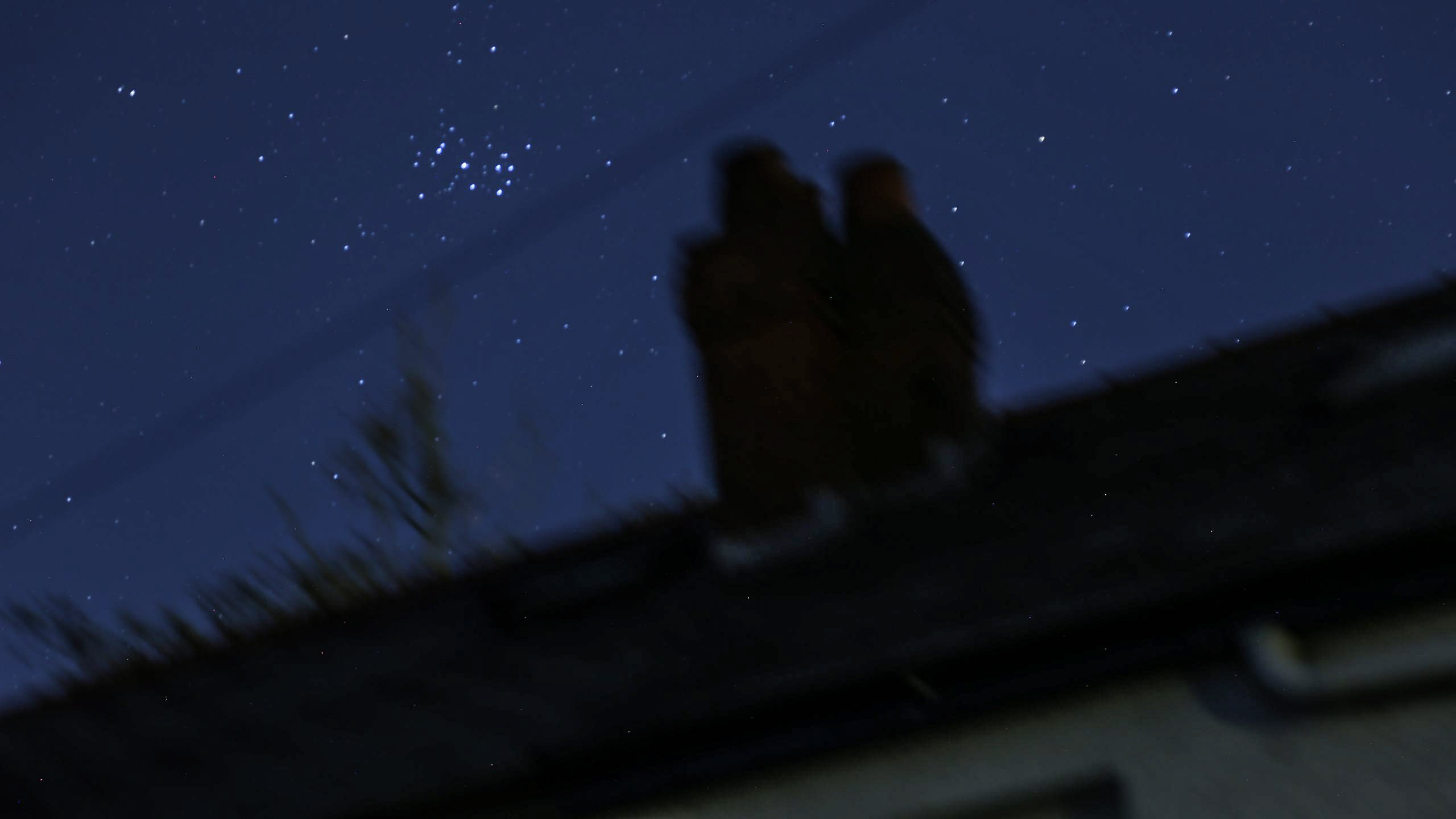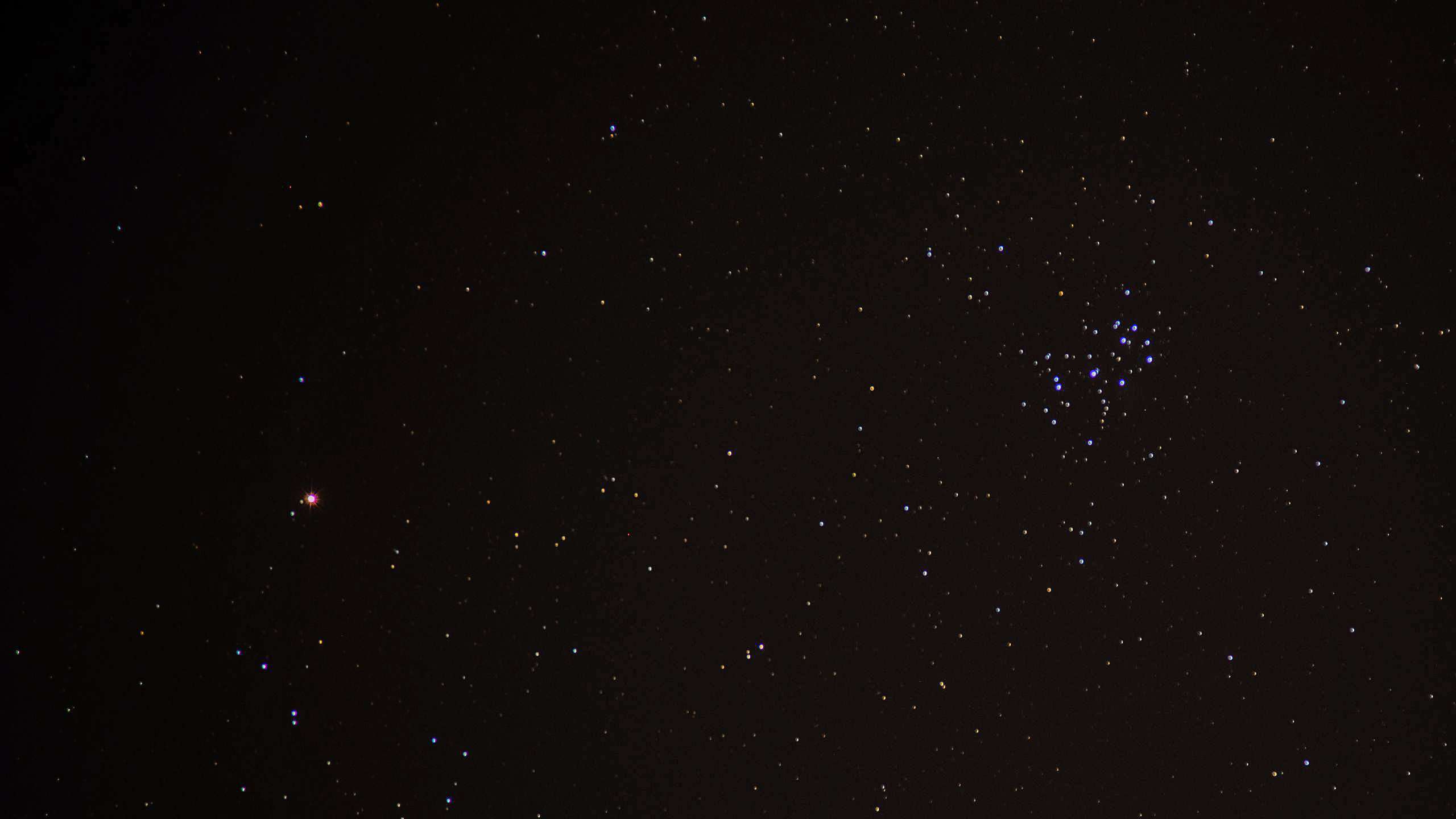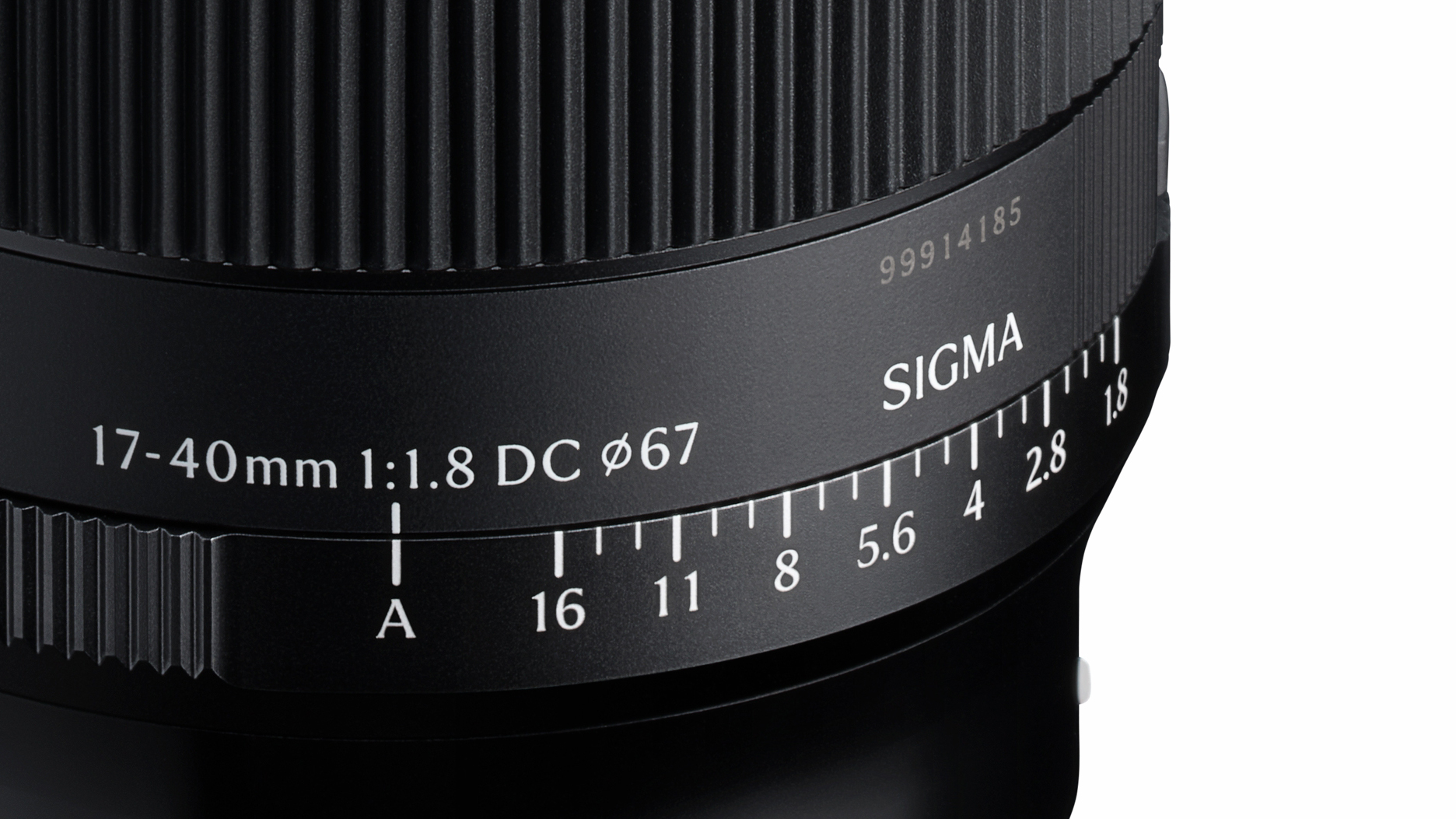Digital Camera World Verdict
This unique and ambitious motorized star-tracker impresses for autonomous night-scapes, but its excellent hardware is let down by an app that lacks polish.
Pros
- +
Outstanding build quality
- +
Easy to align
- +
Tracks accurately at wide-angle
- +
Micro SD slot for onboard media storage
- +
Automates complex tasks
Cons
- -
Lacks plate-solving
- -
Can’t point at the zenith
- -
App is a work in progress
- -
Ineffective auto-focus
Why you can trust Digital Camera World
Astrophotography is a time-consuming business, with the need to track objects in the night sky – be they stars, nebulae or galaxies – while taking exposures making it complex, fiddly and not as fun as it should be. The best star trackers help, but many are basic, buggy devices with as many cons as pros.
Cue the Benro Polaris smart electric tripod head ($899/£900), which offers camera interface control (if you wire up your camera to it via a mess of cables in the box) and pre-programming. It allows users to set up a camera on a tripod – with the Polaris in between – and tweak the ISO, aperture, shutter speed (and much more) from a smartphone.
The basic two-axis version of the Benro Polaris spits out a WiFi network and can also be operated remotely if you insert a SIM card. That’s a unique proposition in itself and it’s largely for creating time-lapses, motion time-lapses. HDR, focus stacking, panoramas, and sunset/sunrise tracking.
What we’re reviewing here is the Benro Polaris Astro Edition ($1,149/£1,100), which adds an angled azimuth module that attaches to the main device’s quick-release clamp, making it a three-axis head to enable star tracking. It’s also available as a slightly more affordable version that lacks cellular connectivity. Both versions make images of the night sky possible, from automated stacks of short exposures to Milky Way panoramas.
Here’s how we got on with the first intelligent electric remote head for astrophotography.
Specifications
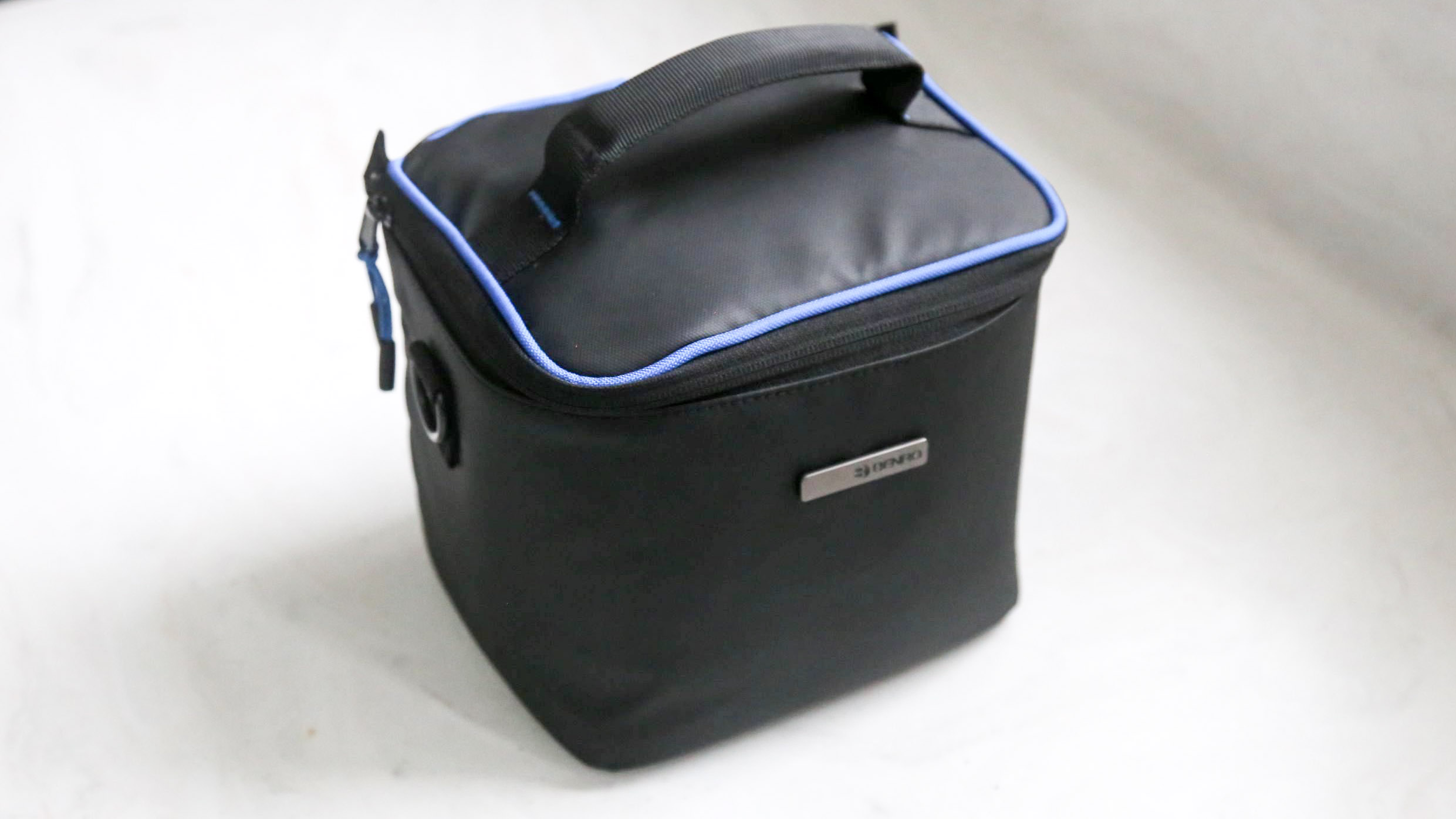
Max. lens focal length: 300mm
Control: Benro Polaris app
The best camera deals, reviews, product advice, and unmissable photography news, direct to your inbox!
Max. payload: 15lbs/7kg
Alignment method: smartphone compass and one-star alignment via Polaris app
Power: built-in 2,500 mAh battery (or USB-C portable battery)
Tripod thread: 3/8-inch (and 1/4 inch adaptor screw)
Weight: 1.98 kg (1.46kg Polaris Body Head + 525g Astro module)
Dimensions: 160x139x125mm
Website: www.benro.com/en/product/benro-polaris.html
Key features
Most star trackers are fiddly devices with lots of small parts. They demand care and patience. Not so the Benro Polaris, which is sculpted from aluminum alloy. It requires a very sturdy, but with that in place, it can happily support a whopping 7kg of gear. That’s great news for anything approaching deep-sky astrophotography, which demands decently long, heavy lenses, though it tops out t 400mm. In practice, it’s a little less than that. The hardware’s IPX6 waterproofing is important, too, because dew can be an issue when on night shoots.
The main unit comes has a micro SD card slot for recording images – not something we’ve seen before on a head or star tracker – as well as motorized knobs and levers for making positional adjustments (something that can also be done using the landscape-orientated Polaris app).
With Benro Polaris wired up to a camera via its USB-C slot (it’s compatible with these cameras) and a smartphone tuned to its own WiFi network (though a cellular option is also available for those that want to be further away … say, sat in a warm car!), the Polaris app gives you complete in-app control of your camera. After it’s taken the image – with whatever parameters you chose – it presents a small image on your smartphone (though it can’t easily be post-processed or shared online), which it saves to that microSD card.
It’s possible to use the Benro Polaris while sitting inside, but that’s severely limited by its tight WiFi network. The SIM card option is interesting, but the system would work better for those doing astrophotography in their backyard if it was able to be found and accessed on a home’s WiFi network.
Performance, quality and usability
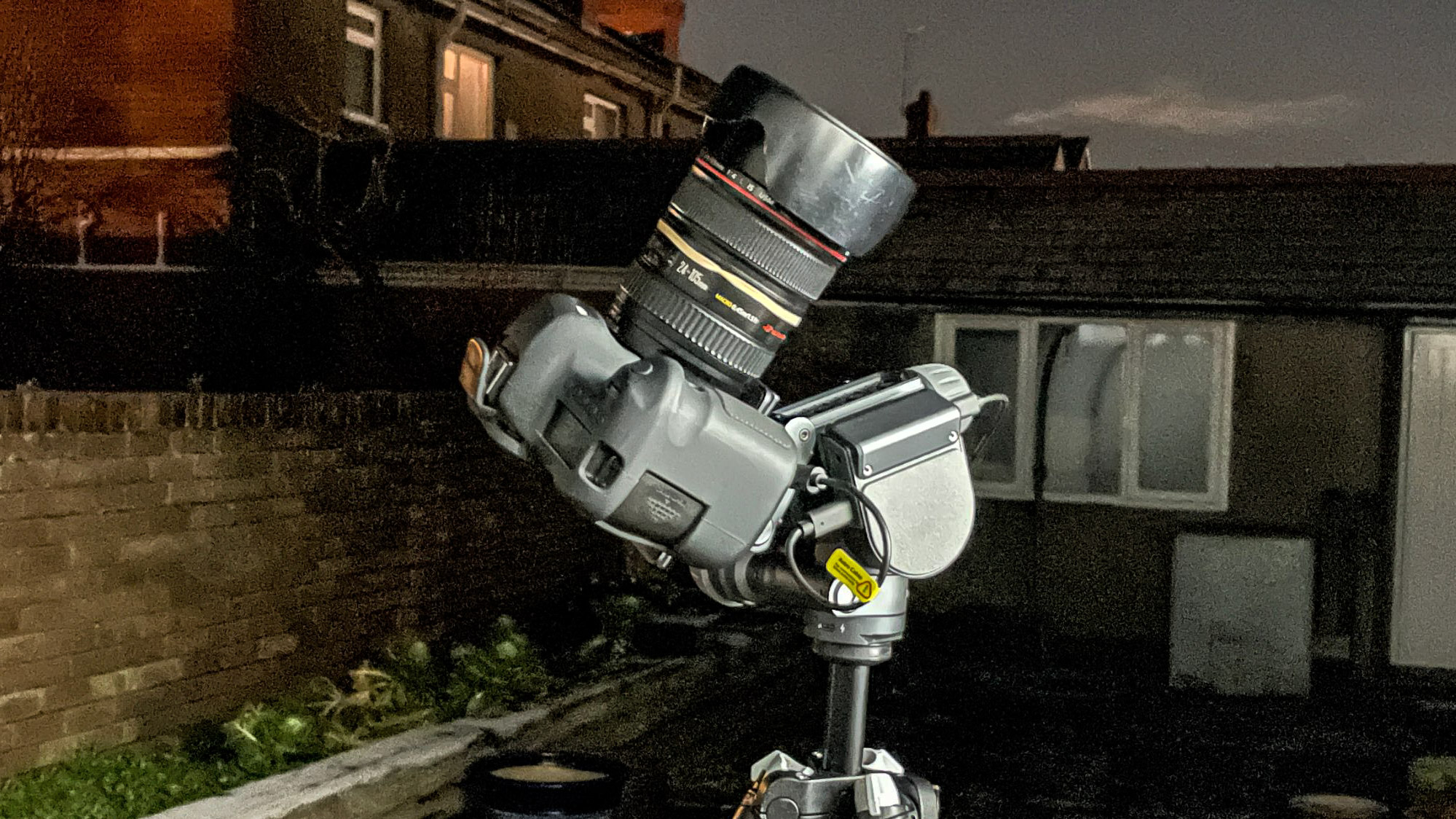
Alignment is easy, but imperfect. It’s initially delightful, with the first half of the process needing only the compass in a smartphone to be placed alongside the mount for the Benro Polaris to figure out roughly where it is and what it’s pointing at. Then it’s necessary to do a one-star alignment. You need to pick a star from the app’s grid-style list, which the Benro Polaris will then attempt to line up with. It then presents a bullseye in the middle of the screen, with some digital joystick skills required to nudge the star into the center. There are 5x and 16x magnification options, but getting it perfectly aligned is tricky. In a basic sense, it’s not a problem because the Benro Polaris will slew automatically – and quite quickly – to any object in its (rather limited) database of stars and constellations (though Messier objects are in there, too, if you know to search for them). It puts the chosen object in the center of the field of view for photography to begin.
However, as well as requiring the user to be able to align it with one star, it’s surely not the most accurate way of aligning. Sure, your smartphone tells the app where it is on the planet and the initial compass alignment gives it the cardinal directions, but what the Benro Polaris really needs is intelligent plate-solving as featured on the some telescopes, such as the Celestron StarSense Explorer 8-inch Dobsonian, and the best smart telescopes. It’s something of an oversight at this price. However, it’s still a huge advance from the manual polar scopes most star trackers use.
It’s also fair to say that the app lacks polish. It has plenty of features, but it’s not a patch on the best stargazing apps. It should be. It needs to be. After all, it’s literally the user’s only navigational and photography aid. It even comes with AR, but what you see can’t be zoomed in on, is difficult to search within, and generally seems second-rate compared to the excellent hardware provided.
One of the Benro Polaris’ most significant boasts is its accuracy. It promises control precision of up to 0.01˚ (36 arc seconds), meaning that longer exposures can be used without stars beginning to trail. We took several long exposures during our tests – from 30 seconds to three minutes – with several lenses. The Benro Polaris works best with relatively short exposures, particularly with anything over 200mm. However, it finds targets accurately and tracks them proficiently. You could easily take hundreds of 30-second exposures of deep-sky objects to stack – albeit within a wide field of view – and it’s more than accurate enough to use for wide-field night sky panoramas. Up to 60-second exposures are possible without trailing, but not much beyond.
However, whenever we went off-catalog and slewed to re-frame a shot (for example, to get a balanced composition of the Pleiades and nearby Mars) the resulting image was marked with weird lines. This happened repeatedly. Other slight annoyances include ineffective automatic focusing at night and an inability, thanks to its physical construction, to image anything at the zenith (its tilt is limited to 80º). That’s something of a faux pas given that astronomical objects are literally at their best for astrophotography when they appear immediately above the viewer at 90º (called culmination). The Benro Polaris is unique and impressive as a star tracker, but it’s certainly not the finished article.
Sample images
Verdict
The Benro Polaris Astro Edition is easily one of the best star tracker camera mounts for astrophotography available, but it’s also by far the most expensive. Its build quality is unrivaled among star trackers, but in use, it has its fair share of quirks.
Using a smartphone to align to the stars is groundbreaking – and something we hope catches on with other star-tracker brands – but its one-star alignment seems a little basic. We wonder if two or three-star alignment (which most computerized telescopes use) or plate-solving tech to automatically align (as featured on smart telescopes) would allow even longer tracked images.
Let’s hope the app keeps developing because the Benro Polaris has the potential to be a truly autonomous and easy-to-use star tracker – but it’s not quite there yet.
Read more:
The best lenses for astrophotography
The best camera equipment for astrophotography
The best telescopes for astrophotography
The best CCD cameras for astrophotography
Best light pollution filters for astrophotography

Jamie has been writing about photography, astronomy, astro-tourism and astrophotography for over 15 years, producing content for Forbes, Space.com, Live Science, Techradar, T3, BBC Wildlife, Science Focus, Sky & Telescope, BBC Sky At Night, South China Morning Post, The Guardian, The Telegraph and Travel+Leisure.
As the editor for When Is The Next Eclipse, he has a wealth of experience, expertise and enthusiasm for astrophotography, from capturing the moon and meteor showers to solar and lunar eclipses.
He also brings a great deal of knowledge on action cameras, 360 cameras, AI cameras, camera backpacks, telescopes, gimbals, tripods and all manner of photography equipment.
